Over the last few weeks I’ve been gradually getting ready for spring one little task at a time. I haven’t had the luxury of having a full day or even half a day spare this month to work in our garden so I’ve been sneaking in the odd task here and there when I can. In my head this feels less effective at the time but looking back at all of the little achievements, it’s having a bigger impact than it at first seems.
Repotted houseplants

I have loads of houseplants and repotting all of them is a huge task in itself that I spread out through winter while there is less to do outside, rather than waiting for spring. The group above are looking happy for it grown in New Horizon peat free compost (the cactus with added grit). My long term plan is to have fewer but larger houseplants…. I mean, who am I kidding, I’m still going to have a lot but I do want to them to be bigger. But I’m not going to buy them big, I’m going to grow them big! It may take another twenty years (the Beaucarnea is already 15 years old) but we’ll get there and they’ll be unique to us.
Better late than never
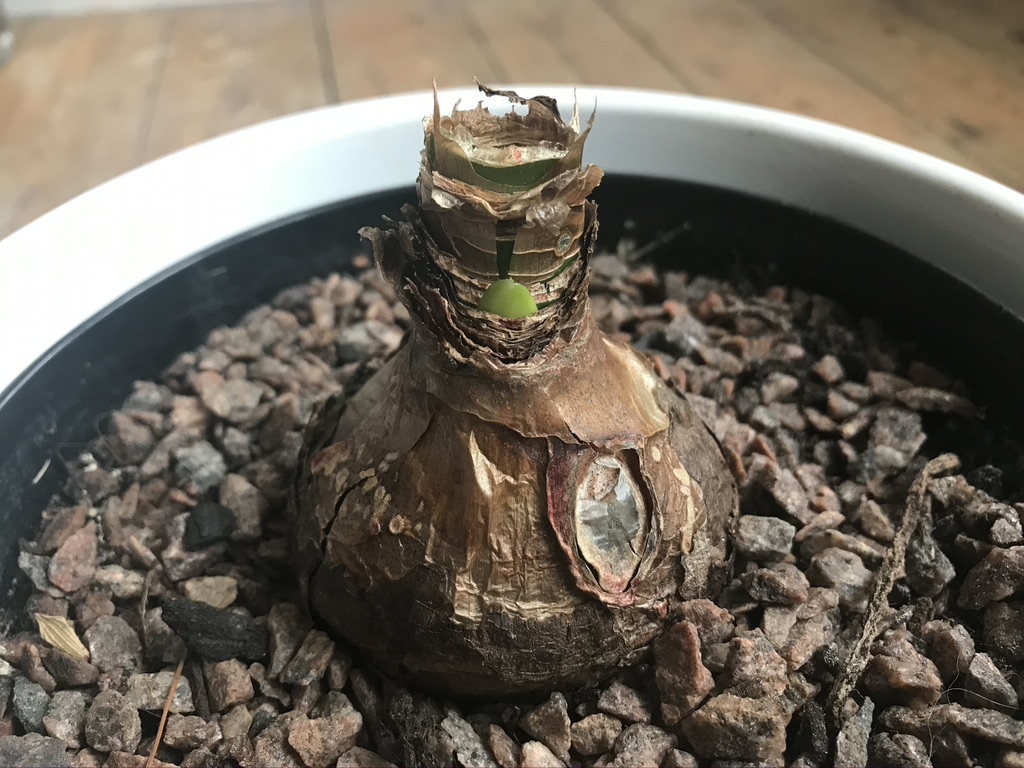
I’ve had this Hippeastrum ‘Sumatra’ for years now (search my site for all the posts on it) and I’ve found that naturally it seems to want to flower in the lead up to Easter rather than around Christmas, when most are forced into flowering. Not fussed about when it flowers myself, I’m happy with that cycle and yesterday I was very pleased to spot the first bud appearing this year. Even later than usual I thought it was planning on taking the year off but no, one of the most reliable flowering plants I own for no effort at all.
Lift off
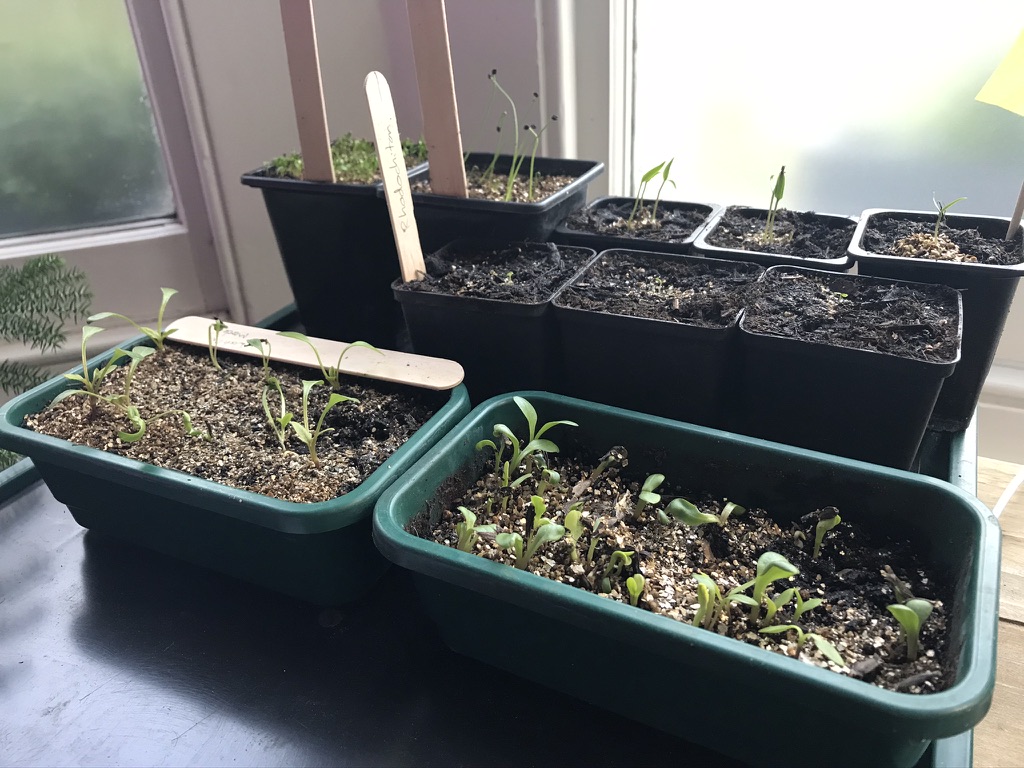
Mid-March is my main seed sowing time and the point I advise most people to wait for. Of course, you can sow seeds anytime you like if you can adjust the conditions to meet their needs as I have using a grow light and heated propagator (see below). I’m growing everything in Dalefoot peat free seed compost which is brilliant, although it does tend to have fungus gnats which are a problem in the house. The only three reasons I start any seedlings early are: 1) lack of space in our flat so I need to get the conveyor belt started to fit everything in 2) some plants like chillies and rhodochiton are slow to grow at first benefiting from a longer season 3) I want to.
Peat free fibre pots
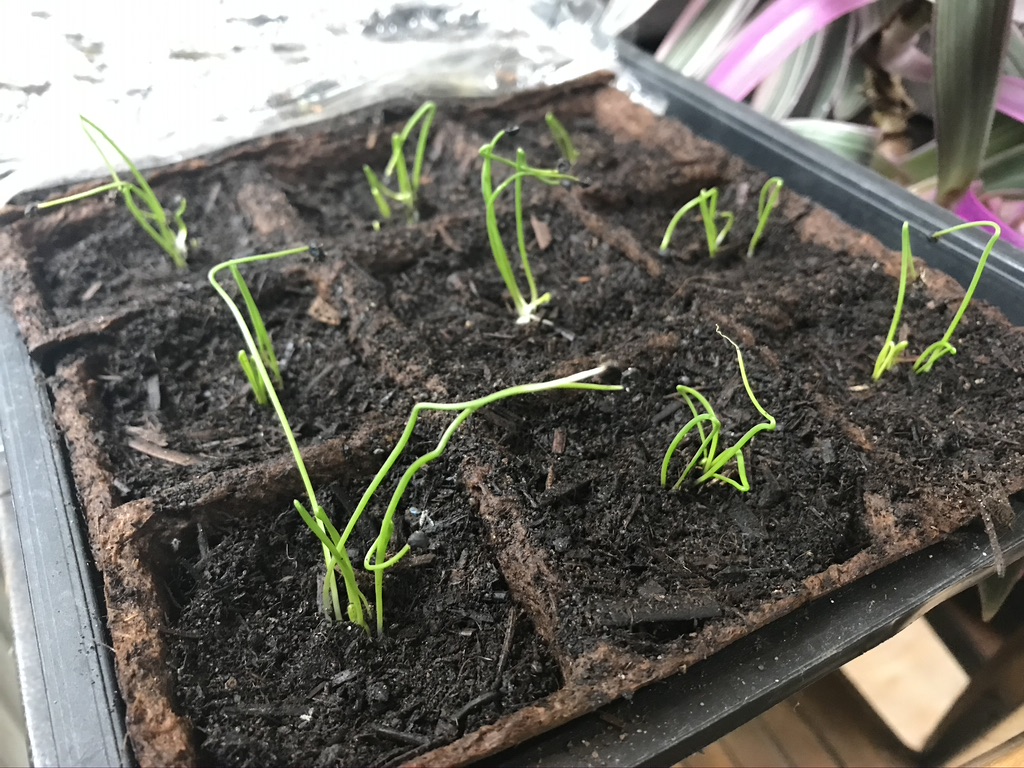
You’ll see I’m reusing my plastic pots rather than getting rid of them to keep them from landfill. For new pots I am now using peat free fibre pots, I really like these because the roots grow through them and they rot down – they’re like pots made from squashed compost. They also reduce root disturbance as you just plant them. Outside you have to watch them a little bit as they have the propensity to absorb more water and become waterlogged compared to pots. They’re best outside for growing on when the weather really does warm up in late March to early April. Above are my main crop white onions.
Propagation station V3
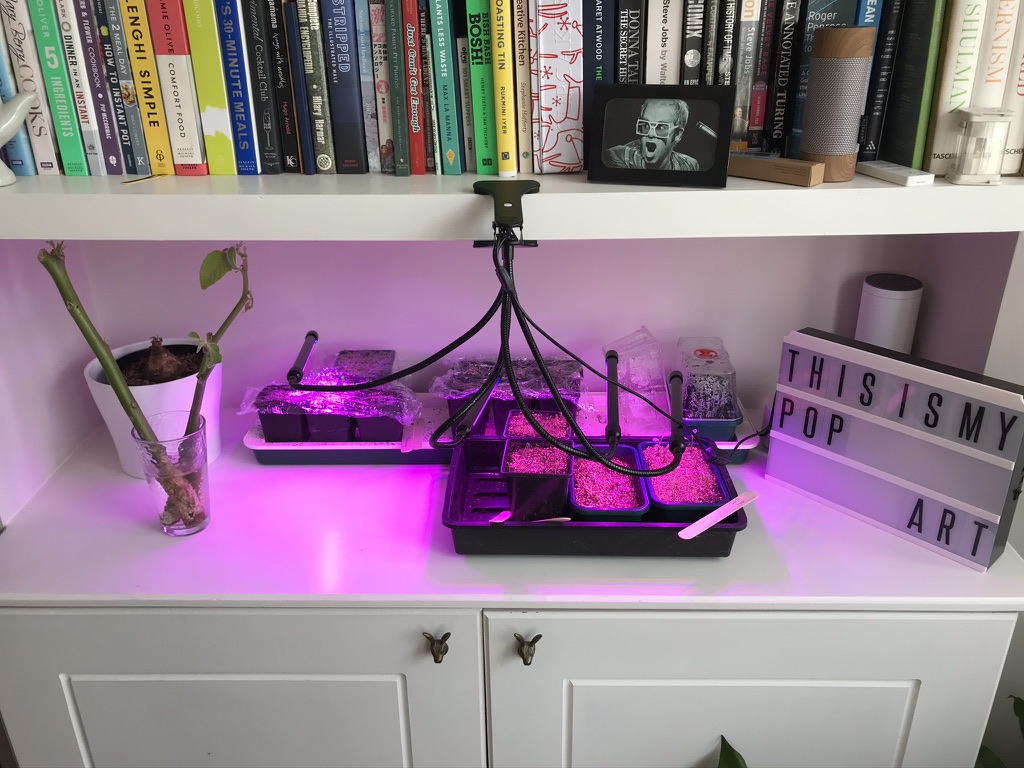
Search for propagation station on this site and you’ll see my various iterations, this year it’s progressed from one chest in our bay window to EVERYWHERE AROUND THE HOUSE. So, to get organised and not drive Chris completely up the wall, I’ve a little system going. One of our bookshelves has become the Germination Station using a handy grow light I bought from Amazon (I’m not recommending it by name yet as I don’t know if it works! Stay tuned after a few more weeks of testing). You can see here, the main piece of equipment is the Garland heated propagator I’ve used for years now and never fails at germinating everything well. From here, I’m moving the plants to my desk and part of our kitchen table where it’s cooler and filled with brighter natural light – basically anywhere there’s space next to a sunny window!
Simple cut flowers from the garden
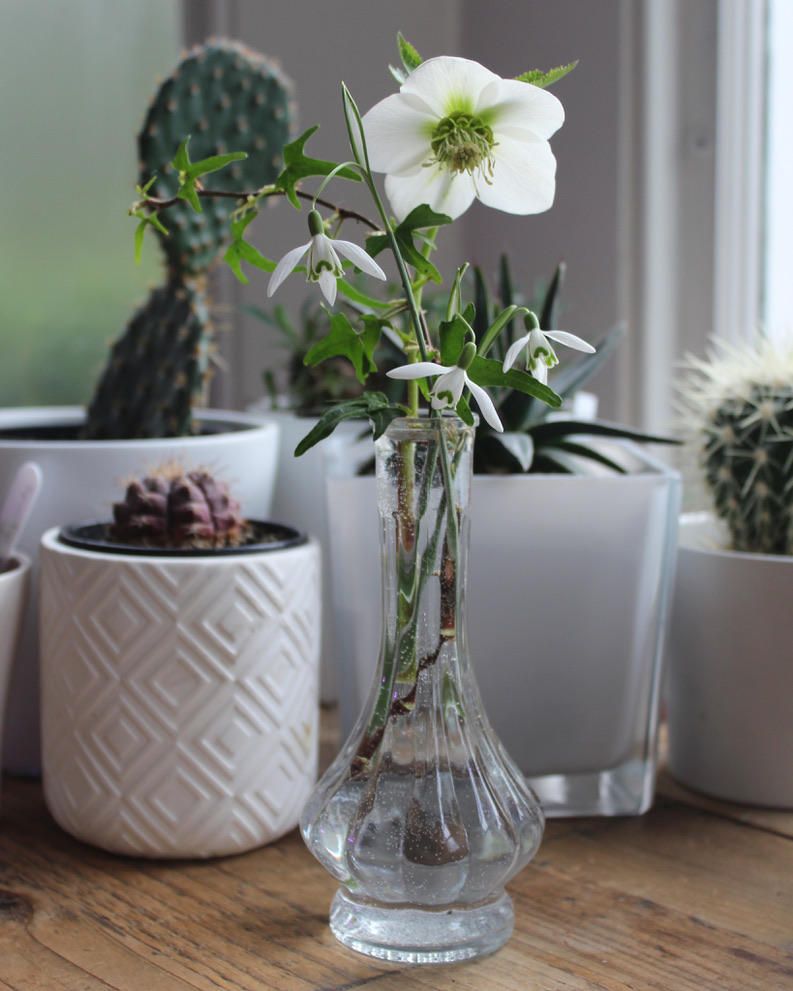
For Valentines day Chris and I never go all out really but I did bring in a little bunch of winer flowers from our garden: snowdrops, a white hellebore and a micro ivy cultivar.
Speaking of outside
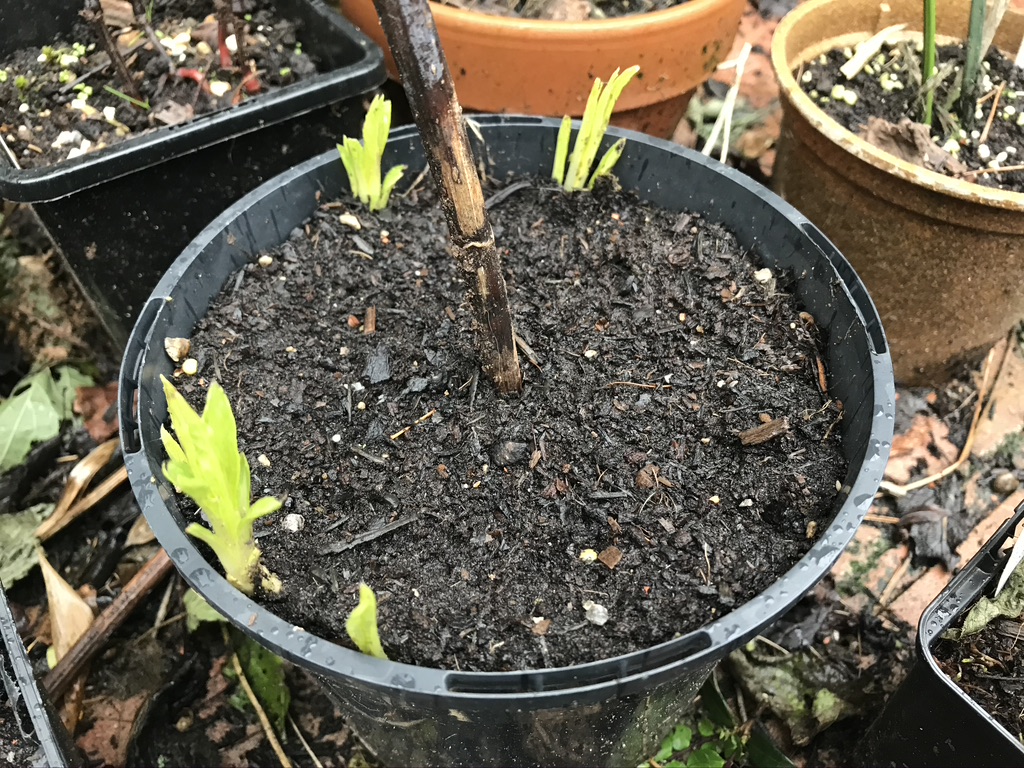
Helianthus salicifolius is one of a number of plants I’ve been dividing over winter, largely out of necessity as I’m getting rid of our pots (read more about our garden redesign here). Normally for most plants I would wait for early spring to divide or move them but saying that, I do move a lot of plants in winter too. The ones I’d move are those I know are tough and hardy, though in our garden’s microclimate, that could be many. One of the benefits I find of dividing some plants in winter is that most plants are actually still growing at that time, just below ground. New roots and subterranean shoots tend to be much stronger and in larger number divided in winter – I’d say autumn too but I’ve not noticed that same rebound vigour. I need more years of experimenting to say for sure.
Canna divide you yet?
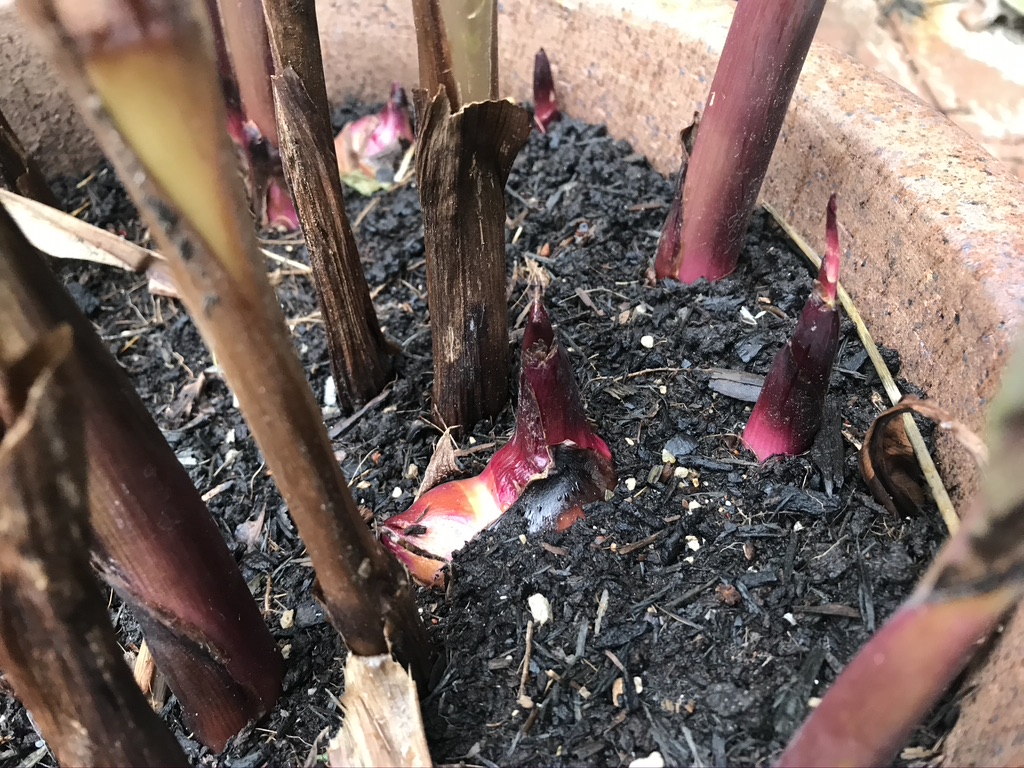
One genera of plants that love it outdoors in our garden’s microclimate is the cannas. Whichever ones I’ve grown they’ve rocketed from a tiny 7cm pot plant to a ginormous clump in only two years, even the first year’s spread is phenomenal. As you can see above, this plant I bought in spring 2018 is now rammed to the walls of this large 40cm pot. I will be planting it into the ground, either as one super clump or possibly divided into two or three. In less sheltered spots, cannas must be dug up and brought inside over winter to survive. I won’t be doing anything to it until the very first signs of spring growth appear though, although alive, even in our garden dividing a canna in winter can prove too much. I divided one around this time (Feb) a couple of years ago to give to friends and garden design clients. Their pieces all survived but mine didn’t!
Outdoor propagation
Outside lots of seeds are already germinating, from fennel and Persicaria orientalis, which grow like weeds given the chance, and the everlasting sweetpea I sowed into pots and around the garden, Lathyrus latifolius, is germinating. This is one of the key plants I feature in my book Wild about Weeds because it grows like the clappers and will self seed all over the shop, which in my eyes, is brilliant. I’ve had it in the garden for a couple of years and want more. One of my hellebores I allowed to self-sow last year too and I’ve potted up some of its little shiny leaved seedlings to grow on and plant out later once I’ve decided where! These sort of truly hardy seedlings don’t need any mollycoddling, plant and leave, no need for covers, although a little shelter does help.
Adieu Potopia!
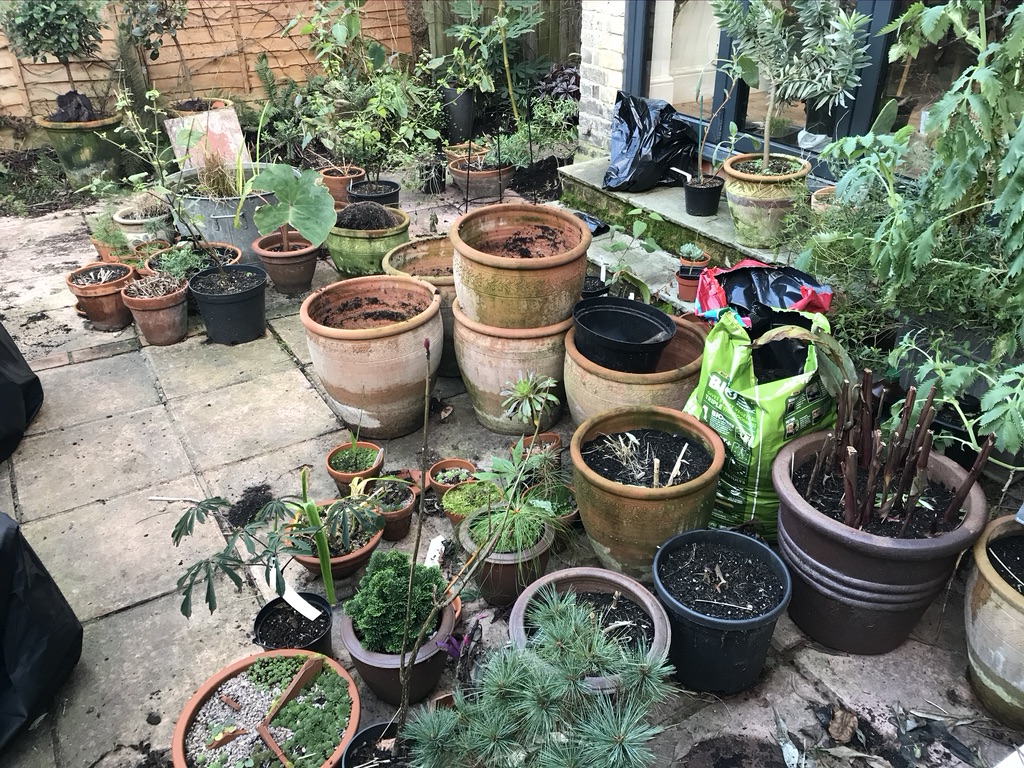
Above is a photo of all of the pots in our garden after some had already been given away! Factor in the fifty odd on our fern living wall and also all of the house plants and the front garden, hopefully it gives an idea of why I want to remove almost all of them, planting into the ground instead (explained here). Our patio in summer is a sun trap and bakes, meaning intensive watering every day for most days spring-summer. No more! I’m not getting rid of any plants though, so the garden won’t completely change. The dahlias which I usually leave in the pots are uprooted and around the corner, still covered in compost but otherwise no more protected. Some are over five years old and the tubers are enormous! All grown in peat free organically, as is everything I grow.
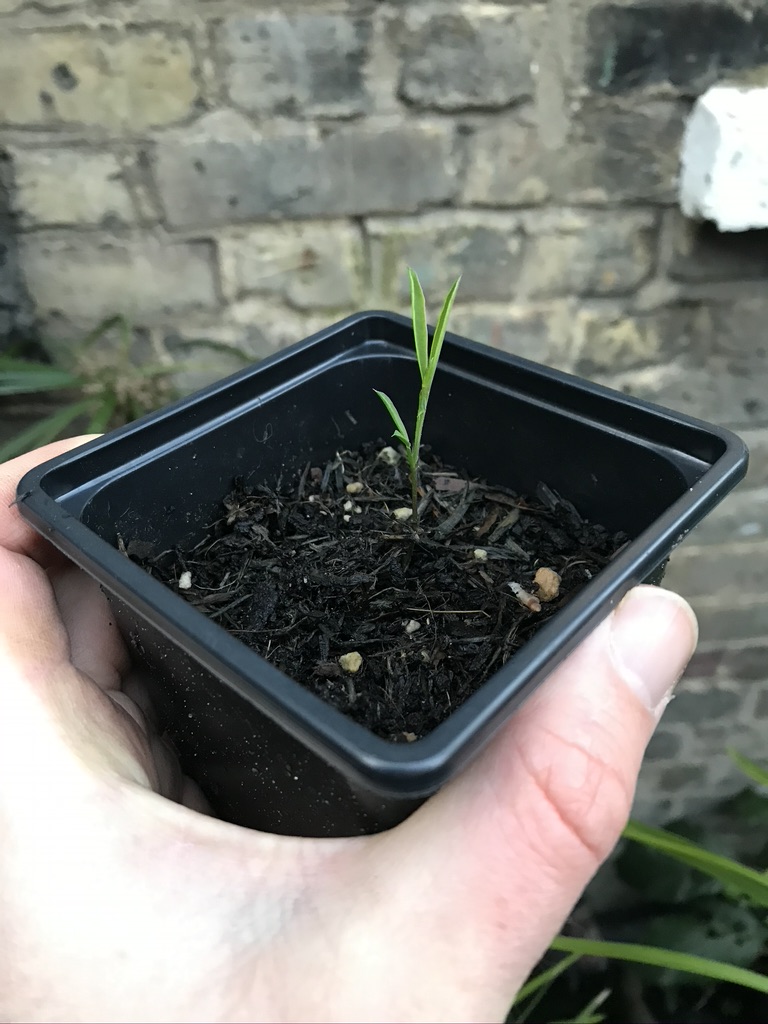
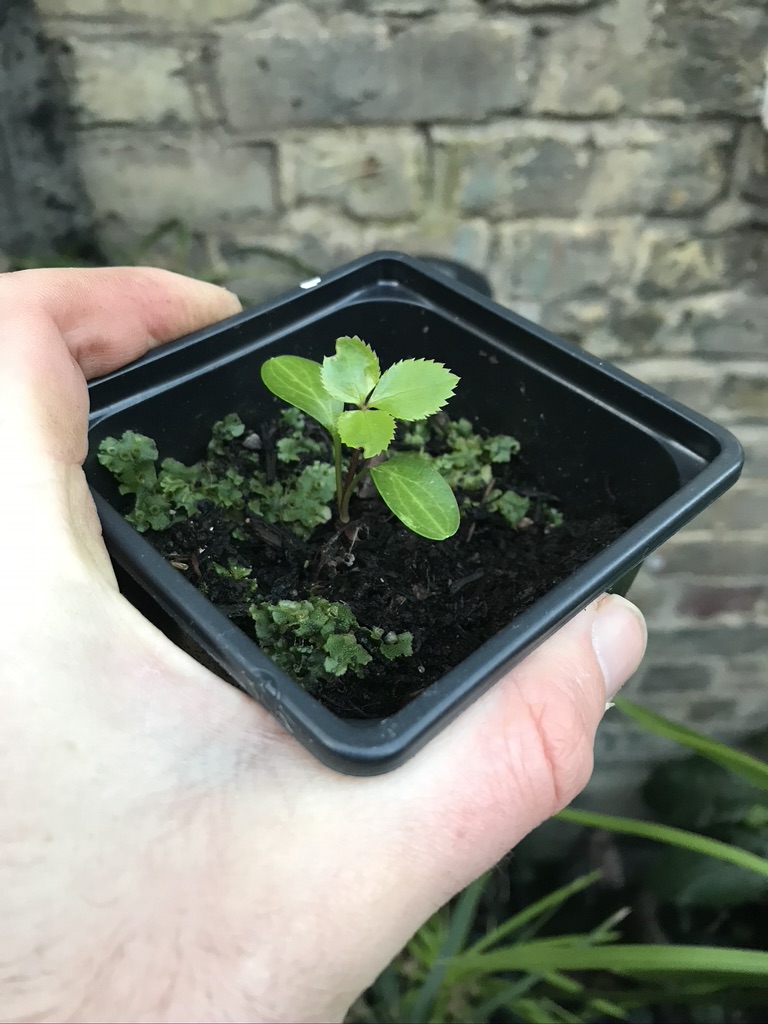



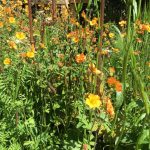
Peat free fibre pots I find are difficult to manage on occasion fall to pieces prefer to use recycled pots with compost